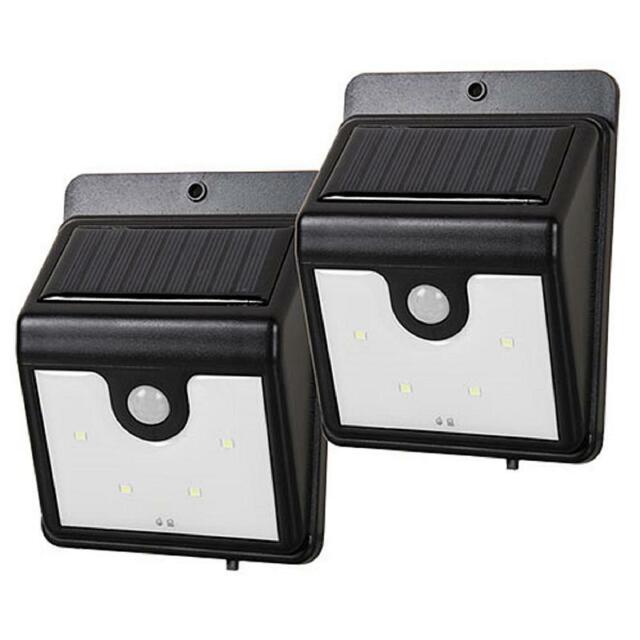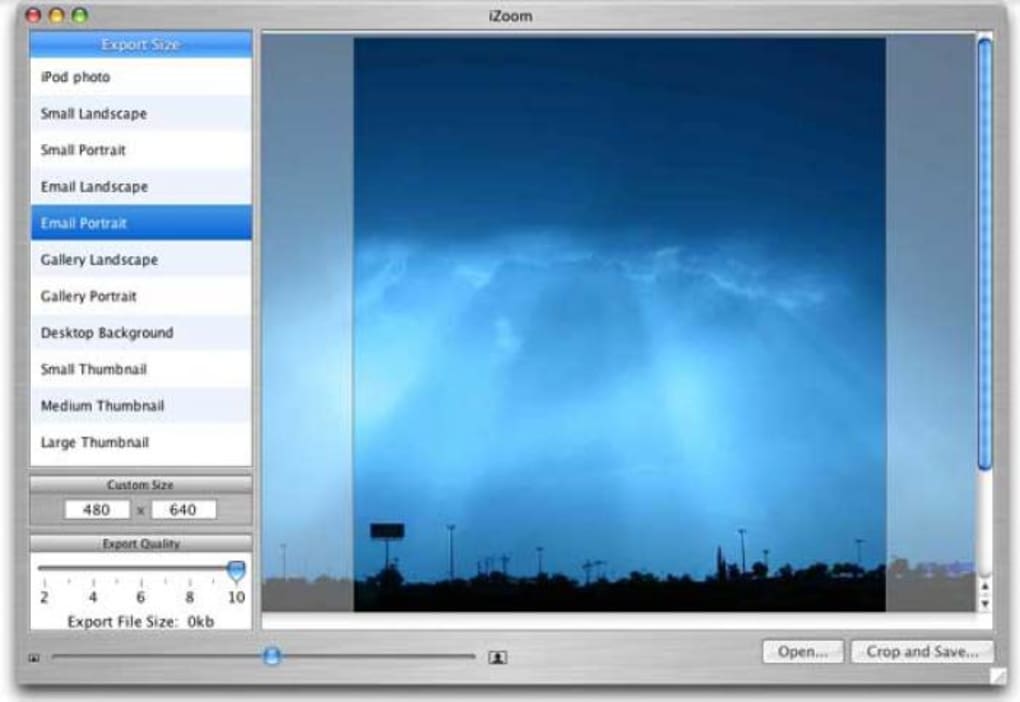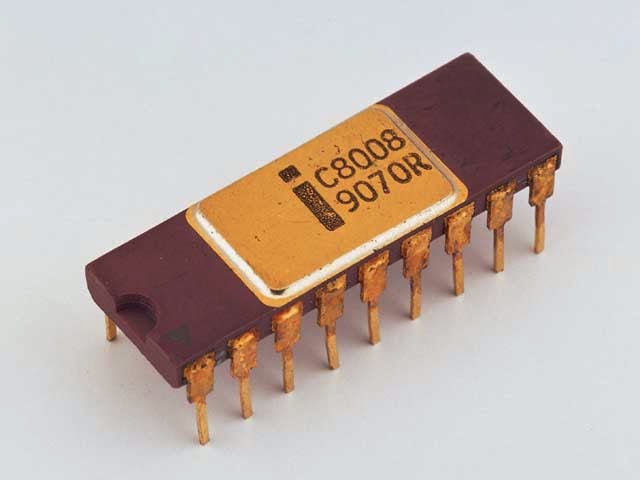
So it becomes more like the simple and joyful experience I feel when using film cameras. Rather than for every shot drowning in a myriad of decisions and options before I even press the shutter button.
#IZOOM I8008 ISO#
With digital photography lately I’m trying to simplify further too, and so by using a particular lens like the Minolta AF 35-70 always at 70mm, with the same ISO setting on the camera, and keeping all other creative options neutral, it allows me to just focus on composition, and, er, focus. If I introduce too many options, too many variables, it takes away the escapist and immersive pleasure of photography. This is mostly down to my inexperience in using a wide range of focal lengths (my default and most used by far is a 50mm lens) but partly my desire to keep things simple and clean with photography. This post and collage of images is a great visual demonstration.įor me personally, I don’t want a set of images from one photowalk with one lens where they’re all distorted in different ways. Put simply, the same subject, filling the frame in the same way, will look quite different when photographed at different focal lengths. I have a consistency, a uniformity to work with. Stand in one position, look all around me, spot something interesting to photograph then point my camera and zoom in or out until it fills the frame as I wish, then take the photograph.īefore I begin the walk, I already decide what focal length I’ll use, set the lens to that, and then treat it as a prime.īy doing this I can focus on how the world looks at that focal length, with that lens. What I don’t do, on a photowalk, is this – Also because those are the three numbers marked on the barrel and easiest to set. But let’s keep this simple for my argument and stick to 35, 5o and 70mm. Or a 40mm prime, 60mm prime, or anything between. Sony a350, Minolta AF 35-70mm f/4 lensīut I could also use it as a 35mm prime. Taking for example the Minolta AF 35-70mm, I see this mostly as a 70mm prime. And the images in this post are straight out of the Sony Alpha, converted from RAW to JPEG, and no other post processing. I found the MD Zoom very impressive, and I think this Minolta is even better. And again I’ve only used it at the 70mm end. Turns out that this lens, on my Sony a350, has blown me away.

Very recently I acquired a Minolta AF 35-70mm f/4 Macro. Yashica FX-D, Tamron 35-70mm f/3.5 CF Macro BBAR MC lens, Fuji Superia 100 expired filmĪgain, not being so keen on any lens wider than 50mm, and wanting to explore the closer “macro” focusing of the lens, in effect I treat it as a 70mm prime with close focus. Whilst not as great as the Minolta, it’s still pretty good, and again I stuck it on 70mm and went off to explore.
#IZOOM I8008 FULL#
To give it its full name, it’s the Tamron 35-70mm f/3.5 CF Macro BBAR MC. More recently I picked up a Tamron with C/Y adapter, in fact very similar in spec to the Minolta. Sony NEX 3N, Minolta MD Zoom 35-70mm f/3.5 Macro lens The MD Zoom turned out to live up to its reputation, I was very impressed. I love finding the close up detail and beauty of objects. Sony NEX 3N, Minolta MD Zoom 35-70mm f/3.5 Macro lensĪnother factor for choosing 70mm was this was the end at which the “macro” focusing was available. The review – and the subsequent photographs I found online – made the lens too good to ignore, despite it being a zoom.Įssentially, being a bit intimidated by the range of focal lengths (though 35-70mm is modest for a zoom!), I set it to 70mm and started to experiment with the NEX. Then one day I read a review of a reputedly excellent Minolta MD Zoom 35-70mm f/3.5 Macro. I like this consistency – it’s one less setting to adjust, a great help when I was starting out with film especially, with all the other adjustments you can make. This honed my technique of getting used to the particular field of view of a particular lens, as there was simply no way to adjust it.

So my history of shooting film (and using the same vintage lenses digitally on my Sony NEX) was almost exclusively with primes.

It happened to come attached to a Pentax ME Super I found cheap, and I gave the lens away almost immediately. Sony NEX 3N, Minolta MD Zoom 35-70mm f/3.5 Macro lensįor the first four years or so of shooting film, I only had one zoom.
#IZOOM I8008 PORTABLE#
Instead I see a zoom lens as a small, highly portable set of prime lenses. Zoom lenses were made so you could stand in one place, point in any direction, zoom and capture the perfect composition.


 0 kommentar(er)
0 kommentar(er)
